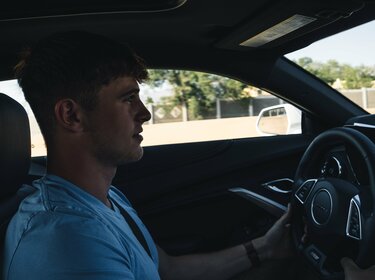More and more people want to use the diverse opportunities provided by modern mobility. Easily reachable and combinable means of transportation strengthen bus, train, bike, and foot traffic. Digitisation is bringing us ever closer to interlinking all traffic opportunities, creating one integrated mobility system that includes all modes of transport. Fostering bicycle traffic is an important part of this mobility transition. Improving road traffic safety, especially for bicycle traffic in urban areas, will continue to be an important issue.
Europe committed to the Vision Zero, the reduction of the number of road deaths to zero in the middle term. Cyclists continue to be particularly vulnerable in road traffic. According to the German Statistical Office, a total of 88,850 cyclists were involved in accidents on German roads in 2018, 445 of which were fatal. In Europe, every second fatal accident involving a cyclist was the result of a collision with motor vehicles manoeuvring in cities. Respondents of the TÜV Mobility Study 2020 were also aware of this severe risk potential. Forty-four percent of respondents stated that cyclists were the most vulnerable and that they wish to see the improvement of general road safety for these traffic participants among the top 3 of all traffic policy measures.
From the TÜV Association's perspective, these are the necessary measures to improve the safety of cyclists in brief:
Standardisation of the approval requirements for truck turning systems
Standardisation of the environment detection systems of new Level 4+ vehicles
Autonomous vehicles must be able to safely recognise and classify all objects in their environment. Approval must be standardised accordingly.
Creation of a national general operating permit and a safety concept for autonomous means of transport
More extensive use of road safety screening




